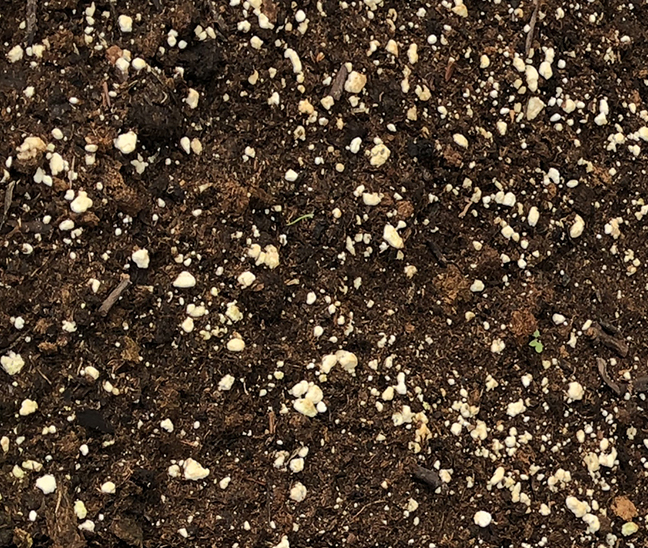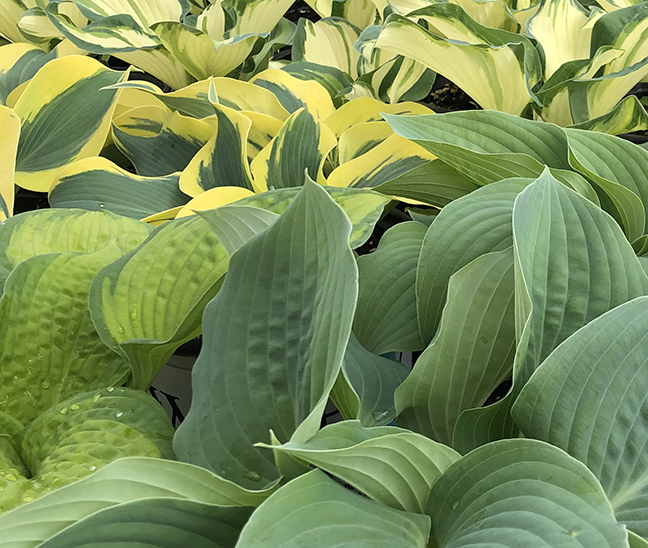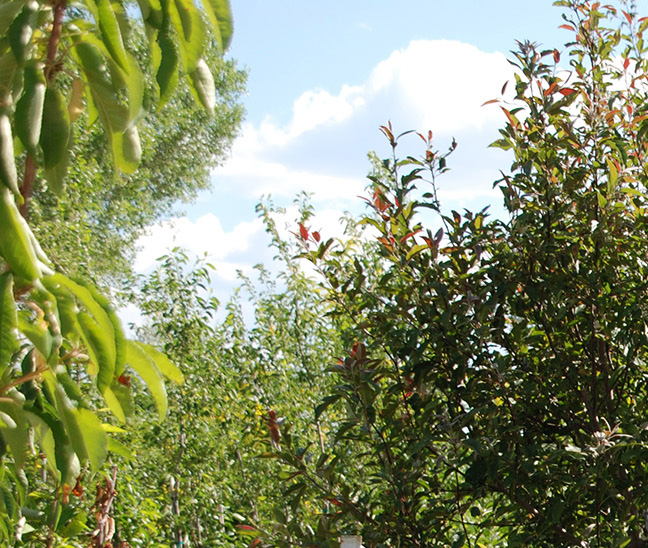Choosing your seeds
When you come in to shop for grass and wildflower seed, there will be a few questions to answer. To start with, are you looking to establish a lawn, meadow, or pasture, or do you just want to fill in bare patches in your existing grass? Are you looking for more native-type grasses? How much time will you have for watering? What square footage or acreage are you working with? Start considering questions like these now, while it’s still a little early to broadcast seed.
There are at least as many options as there are reasons you might be thinking of growing grass and wildflowers. Some varieties are more suitable to high-elevation areas. Some are better in low-moisture conditions. A visit with one of our experts will help you determine which options are best for you.
Establishing grass from seed
For native-type grasses like blue grama, little bluestem, ricegrass, and galleta, a great way to get a nice, healthy stand is to put down seeds three times during the winter. Broadcast once at the beginning, once in mid-winter, and once in pre-spring. Doing this right before a predicted snow each time helps provide moisture and keep the seeds from blowing away.
For other grasses, it’s best to wait until late April to early May to broadcast seeds. Petree’s carries a variety of mixes, along with some single-strain seeds, in bulk. When you’re browsing the choices, check the labels on the containers for important information, such as how much seed it takes to cover how many square feet or acres. Some of the mixtures have names that hint at the types of conditions they thrive in. For example, if you want to grow grass at a high elevation, look for something with the word “mountain” in the name.
Broadcast your grass seeds where they’ll get plenty of sun. We recommend top-dressing the area afterwards with a very thin layer of mulch or compost to protect them from birds, insects, and wind. Ask one of our experts which top-dressing they recommend for your situation. Once this is done, you’ll need to water the area every day to get a good rate of germination.
If your goal is to cover a large area with grass, a good strategy is to do one small section at a time, making the daily watering much more do-able. You can also put up a small, temporary fence around the area to keep pets, wildlife, and children off the area while the grass is getting established. If you’d rather do the whole thing at once, consider installing a drip or sprinkler system.
You can get a longer lasting continuous green to your lawn by planting a combination of cool-weather and warm-weather grasses. We recommend a 3:1 ratio of cool-season fescue to warm-season bluegrass ratio.
Wildflower seeds
Our wildflower seeds come in single varieties, mixes, or as part of a grass-and-wildflower mixture. For most wildflower seeds, the best time to broadcast is in late fall, usually October or November, with the exception of a few warm-climate annuals like zinnias.
Sowing in fall helps many types of seed through stratification. Spring can be quite dry around here, so watering will be necessary for best results. An important thing to keep in mind is that every germinating seed starts with just a tiny root, so if that root dries out the seed is dead. This is a way of telling the seed when to germinate, and it also softens hard seed coats. Remember that most plants drop their seeds after the plant has died back with frost, so this is part of the natural plant cycle.
Some plant seeds require light to germinate, while others would prefer to be covered with soil, so with single varieties, it’s important to read your package.
For seed mixes, we recommend scuffing up the top half-inch of soil before broadcasting the seed. Then water. This will cover about half the seed and leave half exposed, giving them a good chance of at least 50% germination.
When broadcasting wildflower seed mixes, it’s a good idea to mix the seed with some sand or other coarse material to spread the seed further. If the seeds fall in clumps, they will be too crowded, and plants may stay small, die, or never even germinate because of too much competition for light, nutrients, soil, and water.
With most annuals, once they grow and bloom, they will set and drop seed and begin the cycle all over again the following year.
With perennial seeds most types will only put up greenery the first season, and establish a strong root system, then begin to bloom the following year.
With all seeds, including mixes considered drought-tolerant or low-maintenance, it is always best to water in the beginning to get those roots well established. Once this happens, water requirements are very much based on the individual species. There are plant identification apps for your phone that can teach you more about a specific wildflower you’re looking at. You can also bring a photo of your wildflower into Petree’s, and we’ll help you figure out what its needs are.





